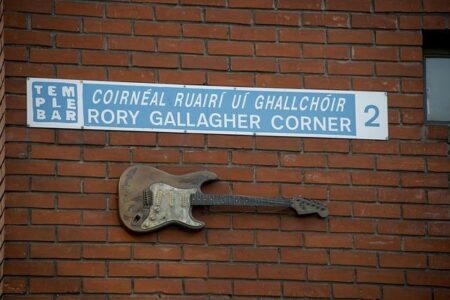Golfers of all levels often struggle when faced with distances that fall between two clubs, leading to uncertainty and inconsistent shots on the course. Addressing this common dilemma, experts have identified a straightforward technique that promises to simplify decision-making and improve accuracy. This article explores the simple fix for in-between clubs, offering practical advice that can help players navigate those tricky yardages with confidence.
Understanding the Common Challenges Golfers Face with In-Between Clubs
Golfers frequently struggle with selecting the right club when the distance sits awkwardly between their pitching wedge and 9-iron or their 7-iron and 6-iron. This “in-between” gap often results in inconsistent shots, as players either overcompensate with a higher-lofted club or fall short using a longer-range club. Additionally, many find it difficult to judge the correct swing speed or trajectory for these distances, leading to hesitation and second-guessing on the course. The challenge intensifies when conditions such as wind, elevation, or turf firmness come into play, forcing golfers to adapt their club choice in real-time with limited confidence.
Common pitfalls include:
- Using a club that’s either too long or too short for the distance
- Lack of confidence in swing mechanics for partial or hybrid swings
- Difficulty maintaining yardage consistency due to small yardage gaps
- Overreliance on feel instead of measurable data or practice
| Distance Gap (yds) | Typical Club Transition | Effect on Shot Outcome |
|---|---|---|
| 5-10 | Pitching Wedge to 9-Iron | Loss of control or power |
| 7-12 | 7-Iron to 6-Iron | Inconsistent ball flight |
| 8-15 | 3-Wood to 5-Wood | Misjudged trajectory |
Expert Tips on Selecting and Adjusting Clubs to Bridge the Distance Gap
When trying to bridge the distance gap between clubs, it’s essential to focus on more than just loft adjustments. Shaft length, flex, and grip size all play pivotal roles in dialing in those tricky yardages. Increasing or decreasing shaft length by even half an inch can influence launch angle and swing speed, ultimately tailoring the shot’s distance. Don’t overlook the importance of shaft flex, either; a stiffer shaft can help generate more control and accuracy for faster swing speeds, while a more flexible shaft may add distance for slower swings. Small tweaks here can transform your “in-between” club into a dependable weapon on the course.
Utilizing custom fitting tools and launch monitors can offer invaluable insights during this process. Here’s a quick comparison of simple adjustments and their typical distance impact:
| Adjustment | Distance Impact | Recommended For |
|---|---|---|
| Loft Increase (1°) | +5-7 yards | Improved carry and height |
| Shaft Length +0.5 inch | +3-5 yards | More speed & distance |
| Stiffer Shaft | +2-4 yards (control boost) | Players with aggressive swings |
| Grip Size Reduction | Better feel, minimal distance change | Improved swing mechanics |
- Test adjustments in real conditions: Yardage gaps often reveal themselves on the course, so simulate your adjustments during practice rounds.
- Balance distance with accuracy: Bridging the gap isn’t just about hitting further, but optimizing control for consistent shots.
- Consider hybrid options: Sometimes, a hybrid club can replace an awkward iron gap and offer easier distance management.
In Conclusion
In summary, addressing the common challenge of distance gaps between golf clubs need not be complicated. By implementing straightforward adjustments-such as tweaking ball position, refining swing tempo, or incorporating a hybrid club-players can effectively bridge those tricky yardages. As the game continues to evolve, these simple fixes offer practical solutions that help golfers of all skill levels achieve more consistent and confident performance on the course.







